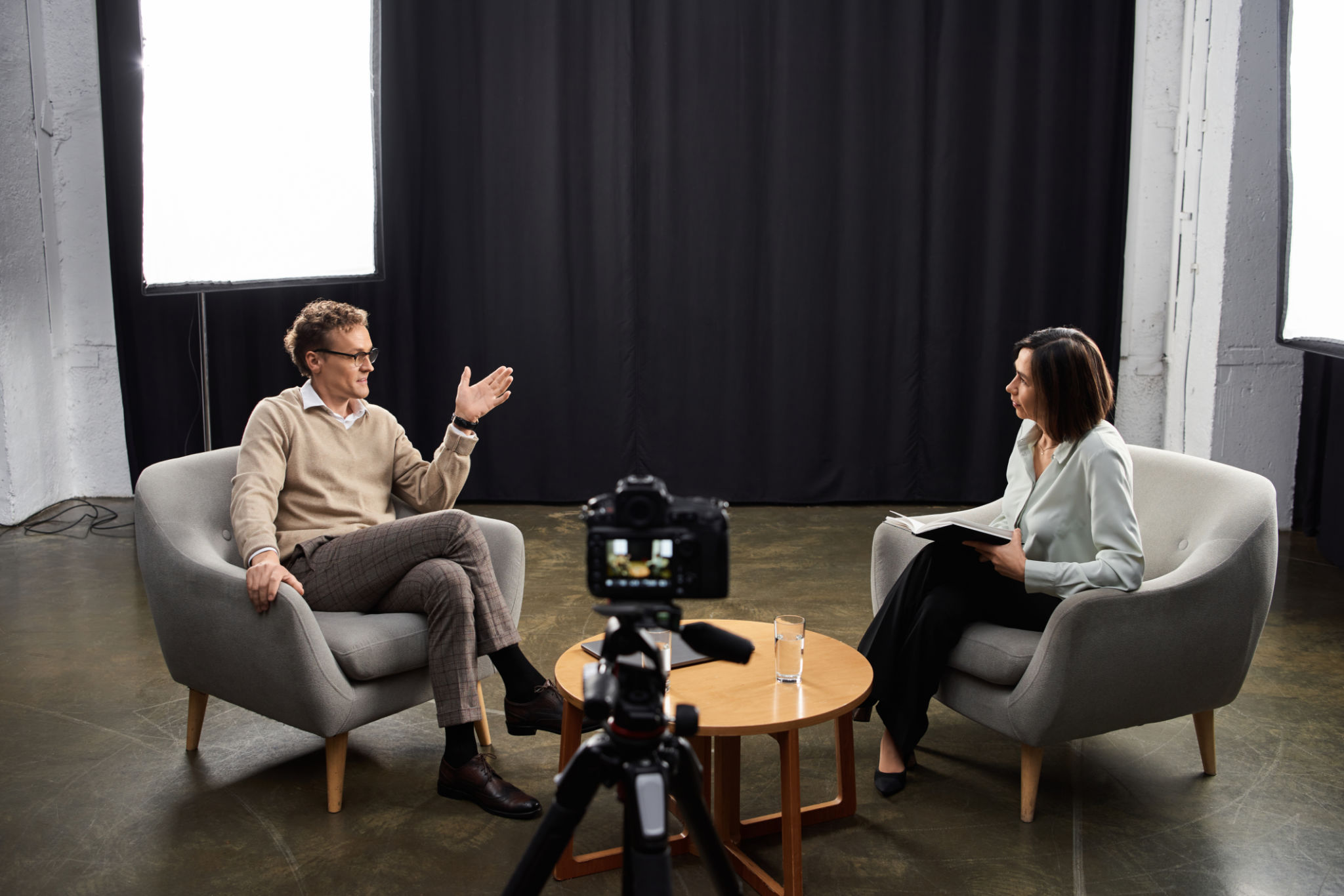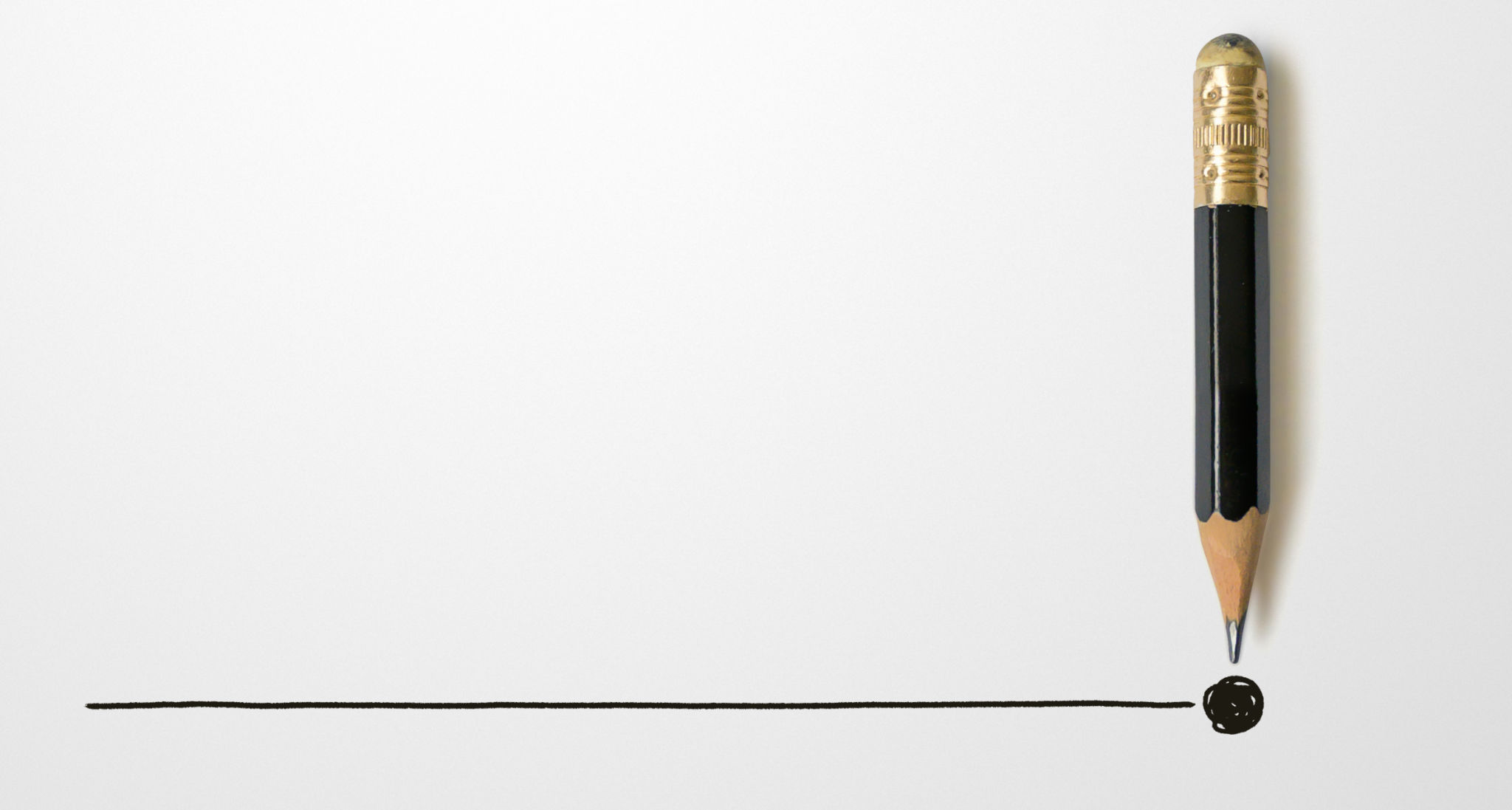The Ultimate Comparison: Traditional vs. Modern Resume Formats
Understanding Traditional Resume Formats
The traditional resume format is a time-tested approach that has been used by job seekers for decades. It is typically structured in a reverse-chronological order, detailing your work experience from the most recent to the oldest. This format is highly favored by employers and recruiters because it provides a clear and straightforward overview of a candidate's career progression.
One of the main advantages of the traditional resume is its simplicity and ease of reading. Employers can quickly scan through the document to find relevant information, making it ideal for those with a solid, continuous work history. This format is particularly effective for individuals aiming to stay within the same industry or field.

Exploring Modern Resume Formats
In contrast, modern resume formats have emerged as a popular choice among job seekers looking to stand out in today's competitive job market. These formats often include elements like infographics, creative layouts, and vibrant colors that can capture attention instantly. A modern resume might also incorporate sections such as personal branding statements or skills charts.
Modern resumes are especially beneficial for creative professionals or those in industries like design, marketing, and technology, where showcasing creativity and innovation is crucial. However, it's essential to strike a balance between creativity and professionalism to ensure that the resume remains appropriate for the industry and position.

Key Differences Between Traditional and Modern Resumes
When comparing traditional and modern resumes, several key differences emerge:
- Design: Traditional resumes are minimalist and straightforward, while modern resumes often feature creative designs and layouts.
- Content: Traditional resumes focus heavily on work experience, whereas modern resumes may highlight skills, projects, or achievements more prominently.
- Format: Traditional formats are usually text-based; modern formats might include graphics or visual elements.
It's important to choose a format that aligns with your career goals and industry standards. While modern resumes can make you stand out, they may not always be suitable for more conservative fields like finance or law.
Advantages of Traditional Resumes
The traditional resume format has several advantages:
- Clarity: Its structured layout makes it easy to read and understand.
- Familiarity: Most employers are accustomed to this format, ensuring it meets their expectations.
- Focus on Experience: Ideal for those with extensive, relevant work history.

Benefits of Modern Resumes
Modern resumes offer distinct benefits that can be advantageous in certain contexts:
- Visual Appeal: Eye-catching designs can help grab an employer’s attention quickly.
- Creativity: Allows candidates to express their personal brand and creativity.
- Differentiation: Stands out among standard resumes, particularly in creative fields.
Choosing the right format largely depends on your industry, target employer, and personal style. It's crucial to consider these factors when deciding which resume type to use.
Conclusion: Making the Right Choice
The ultimate decision between a traditional vs. modern resume format should be based on your specific career path and the job position you are targeting. Each format has its own set of advantages, and understanding when to use which can significantly impact your job search success.
If you are in a creative industry or seeking positions that value innovation, a modern resume may be the way to go. Conversely, if you are applying for roles in more traditional sectors or have a strong work history that speaks for itself, a traditional resume might serve you best.
